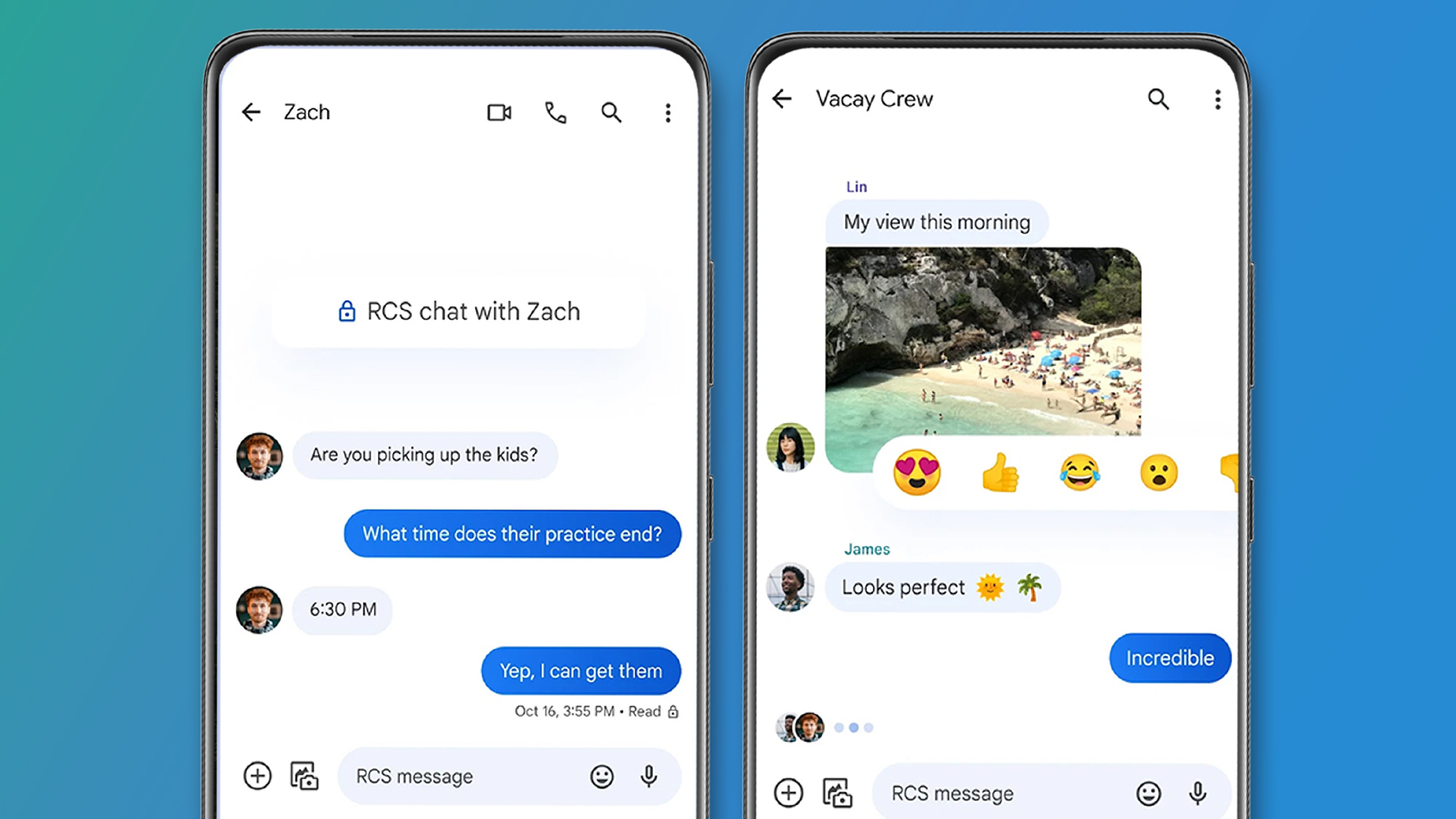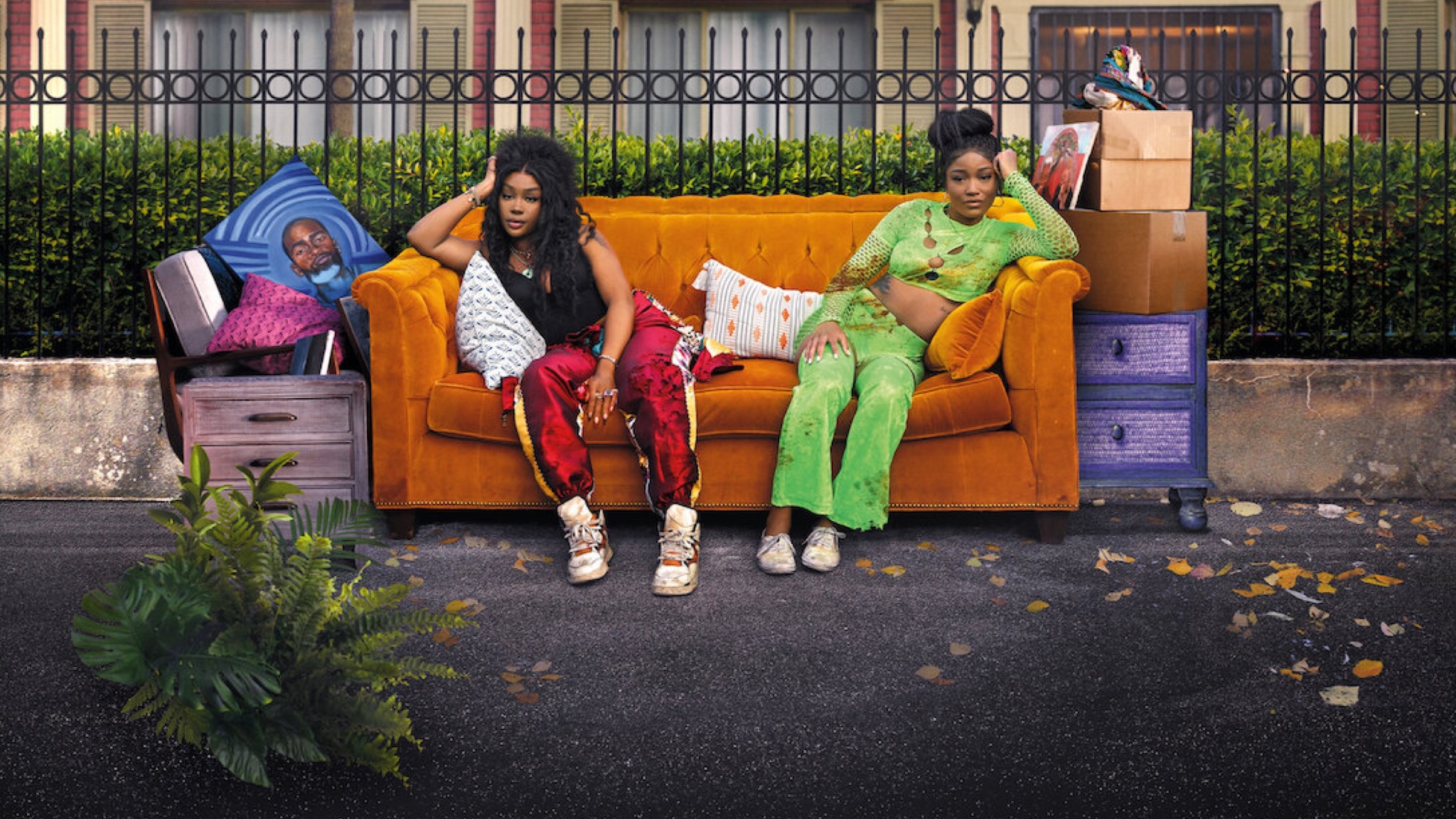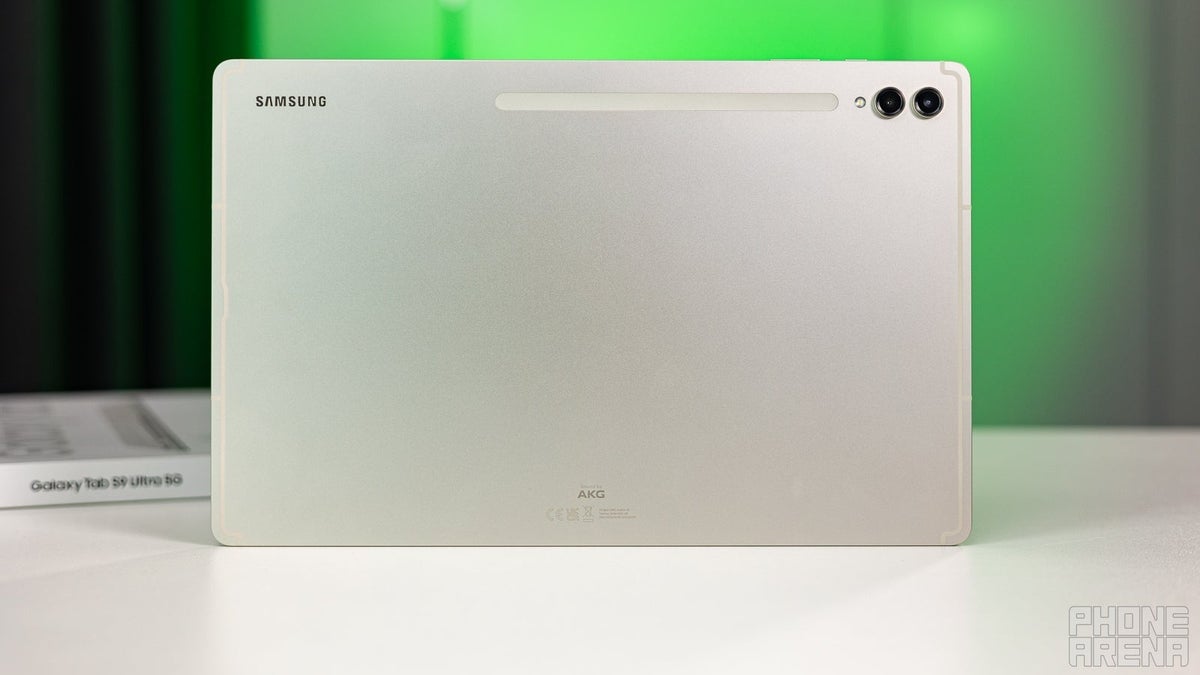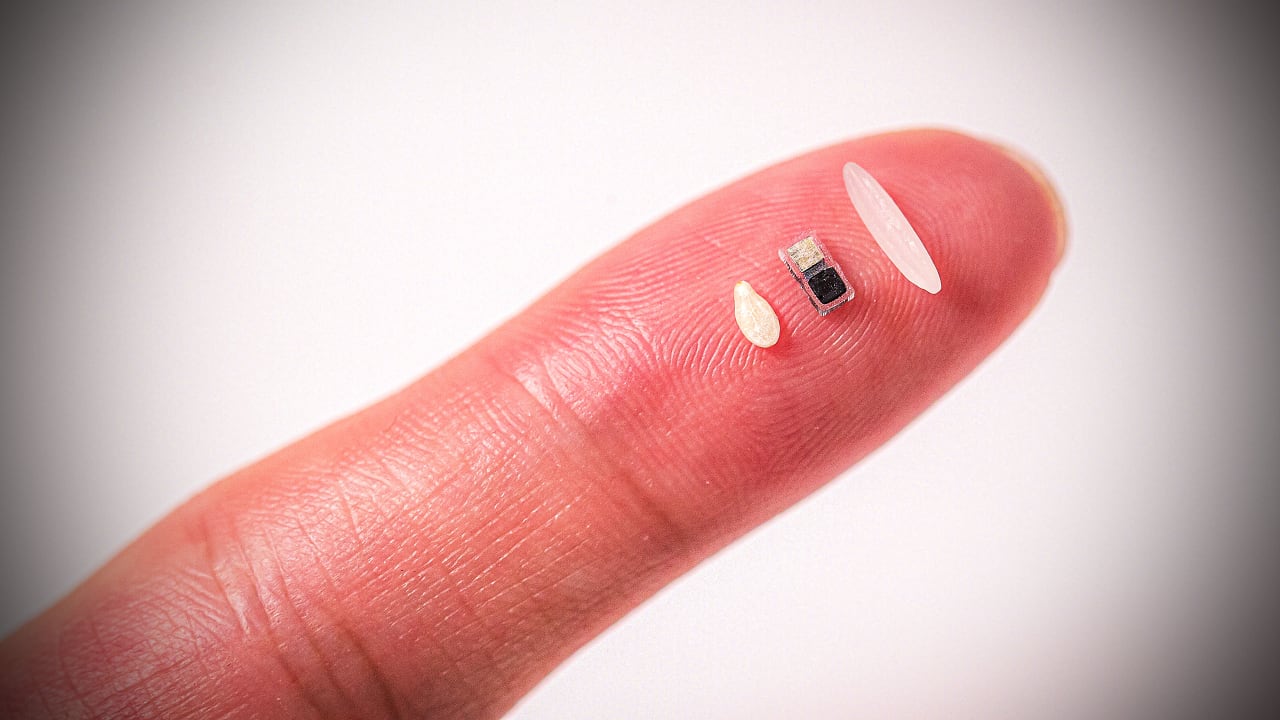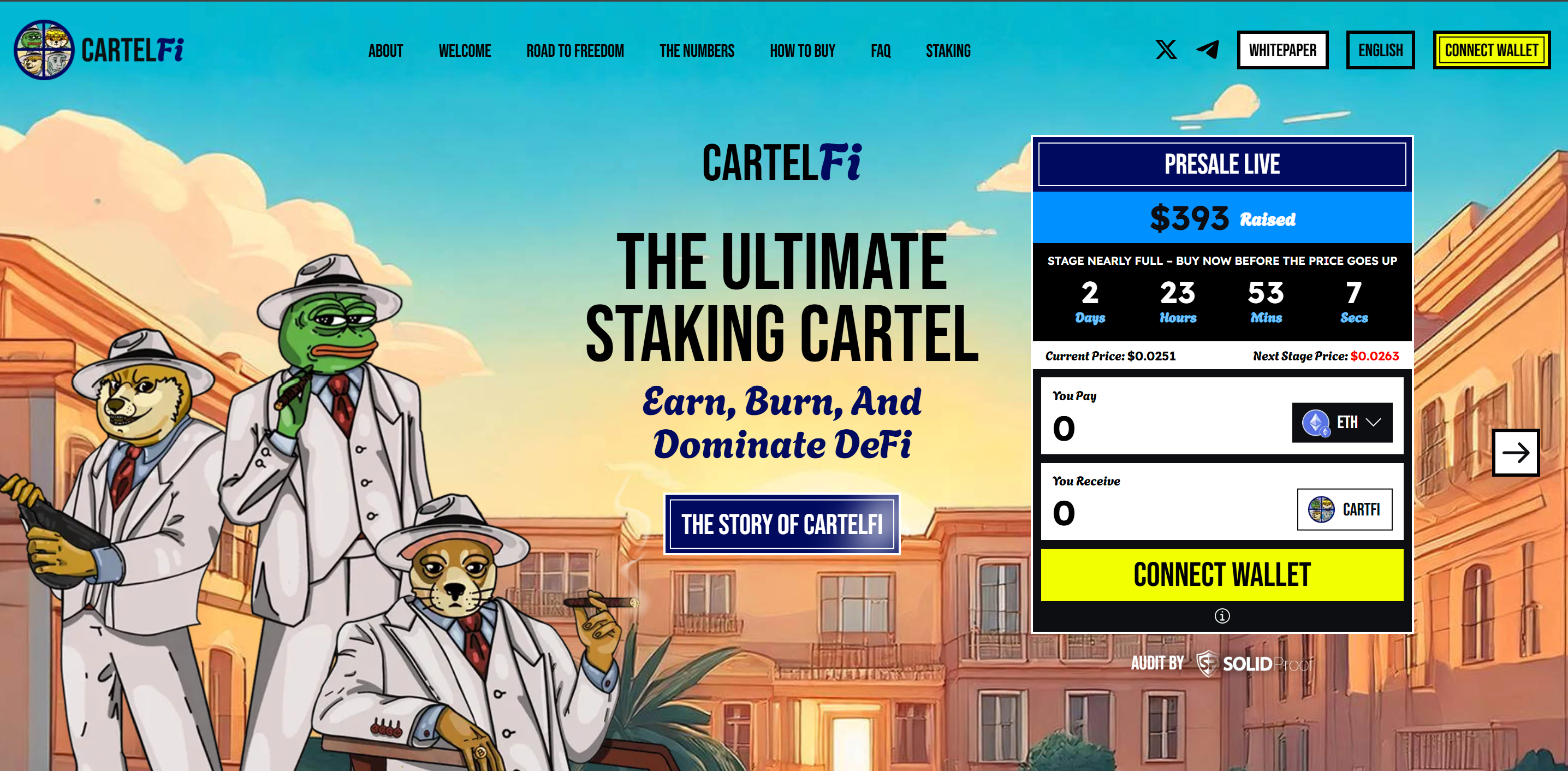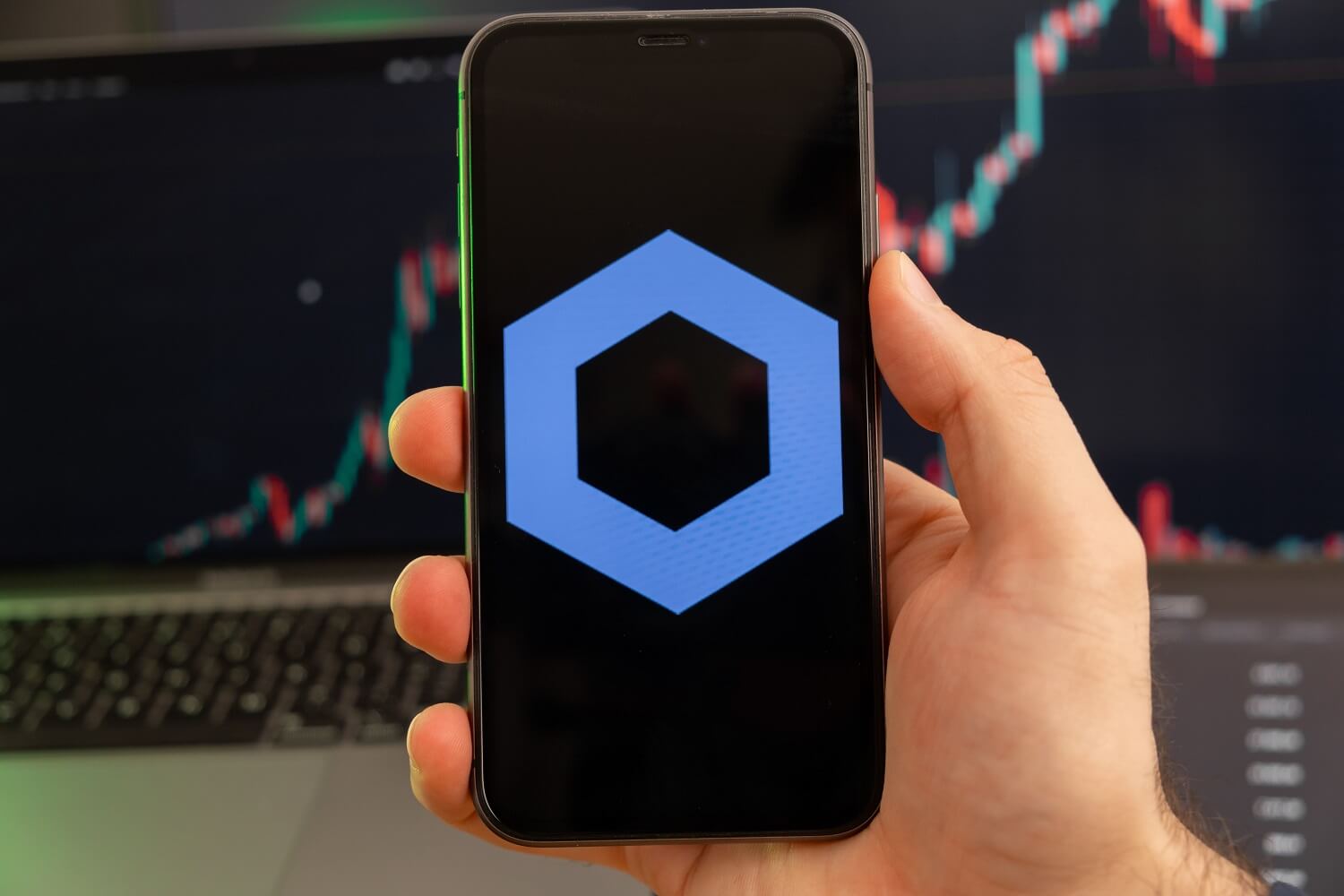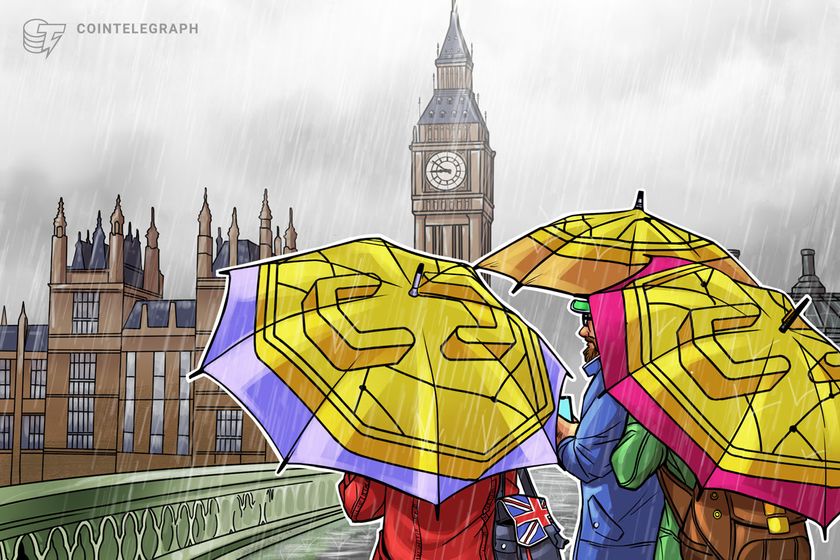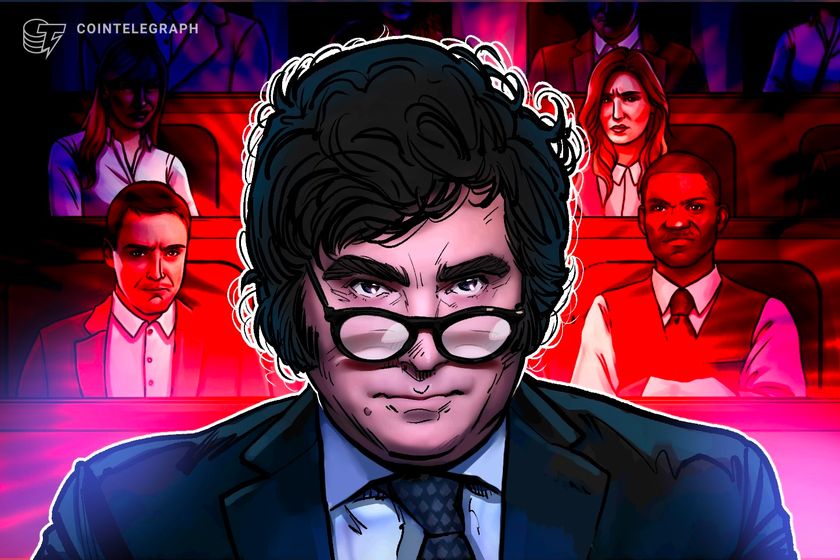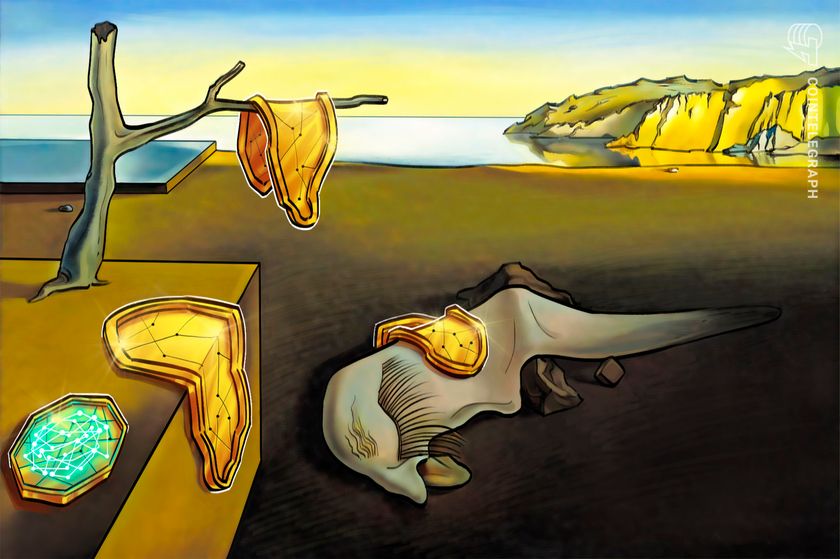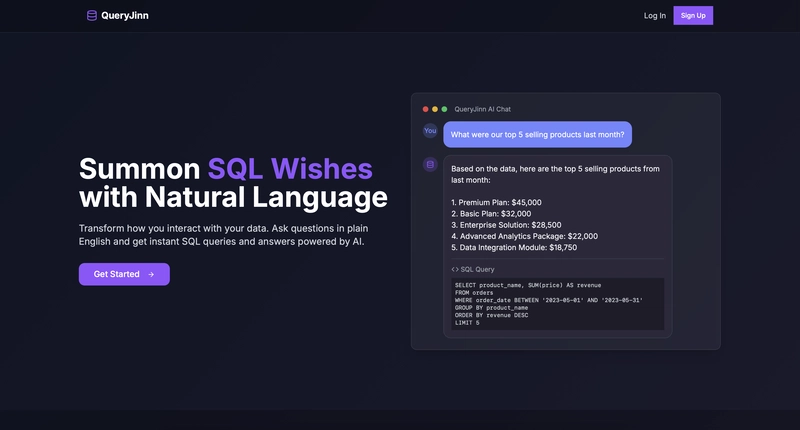Why Web Design Is More Than Just Aesthetics: A Beginner's Perspective
As a beginner web designer, I used to think that it was all about creating graphically stunning websites with good-looking graphics and elaborate layouts. But as I've started to delve deeper into the topic, I've realized that web design is much more than what a site looks like. The most significant things I've learned in the process are as follows: User Experience (UX) is King The most beautiful website in the world will not mean anything if people can't navigate through it with ease or obtain what they need. UX design is all about making everything smooth and intuitive for users. From easy navigation menus to well-organized content, UX ensures that your site visitors are in for a smooth ride. Responsive Design is a Must With more people browsing on mobile devices than ever, responsive design is imperative. A site can be gorgeous on a desktop, but if it doesn't resize nicely to smaller screens, it will frustrate users and send bounce rates through the roof. As web designers, we need to ensure our designs resize gracefully to different screen sizes. Accessibility Should Be a Priority Accessibility is often overlooked, yet it is necessary for making websites usable by everyone, including people with disabilities. It includes good color contrast, text descriptions for images, and keyboard navigation design. It's not just about being considerate, but also about making your site legally compliant. Performance and Speed Matter No matter how well a website is designed, if it takes too long to load, visitors will bounce. I discovered early as a novice that image optimization, code minifying, and suitable hosting can drastically improve performance. A speedy site isn't just beneficial for users—it's likewise crucial for SEO. Design Should Support Purpose All of the design decisions need to be made with the aim of aiding the function of the website. Whether it's an e-commerce site, a portfolio, or a blog, the design needs to guide users to perform the actions you'd like them to. A clear idea of the client's requirements and the audience is key to creating a design that will not only be aesthetically pleasing but also serve its purpose. Conclusion: Web design is far more complex than I had ever considered. It isn't just making a website look good; it is creating a usable, accessible, and friendly user experience. As I continue on my journey as a beginner web designer, these tutorials are allowing me to approach design in a more cohesive and thoughtful way. What are your thoughts on web design as a beginner? Any tips you’d share based on your experiences?

As a beginner web designer, I used to think that it was all about creating graphically stunning websites with good-looking graphics and elaborate layouts. But as I've started to delve deeper into the topic, I've realized that web design is much more than what a site looks like. The most significant things I've learned in the process are as follows:
User Experience (UX) is King
The most beautiful website in the world will not mean anything if people can't navigate through it with ease or obtain what they need. UX design is all about making everything smooth and intuitive for users. From easy navigation menus to well-organized content, UX ensures that your site visitors are in for a smooth ride.Responsive Design is a Must
With more people browsing on mobile devices than ever, responsive design is imperative. A site can be gorgeous on a desktop, but if it doesn't resize nicely to smaller screens, it will frustrate users and send bounce rates through the roof. As web designers, we need to ensure our designs resize gracefully to different screen sizes.Accessibility Should Be a Priority
Accessibility is often overlooked, yet it is necessary for making websites usable by everyone, including people with disabilities. It includes good color contrast, text descriptions for images, and keyboard navigation design. It's not just about being considerate, but also about making your site legally compliant.Performance and Speed Matter
No matter how well a website is designed, if it takes too long to load, visitors will bounce. I discovered early as a novice that image optimization, code minifying, and suitable hosting can drastically improve performance. A speedy site isn't just beneficial for users—it's likewise crucial for SEO.Design Should Support Purpose
All of the design decisions need to be made with the aim of aiding the function of the website. Whether it's an e-commerce site, a portfolio, or a blog, the design needs to guide users to perform the actions you'd like them to. A clear idea of the client's requirements and the audience is key to creating a design that will not only be aesthetically pleasing but also serve its purpose.
Conclusion:
Web design is far more complex than I had ever considered. It isn't just making a website look good; it is creating a usable, accessible, and friendly user experience. As I continue on my journey as a beginner web designer, these tutorials are allowing me to approach design in a more cohesive and thoughtful way.
What are your thoughts on web design as a beginner? Any tips you’d share based on your experiences?







































































































































































![[The AI Show Episode 143]: ChatGPT Revenue Surge, New AGI Timelines, Amazon’s AI Agent, Claude for Education, Model Context Protocol & LLMs Pass the Turing Test](https://www.marketingaiinstitute.com/hubfs/ep%20143%20cover.png)




































































































































![From drop-out to software architect with Jason Lengstorf [Podcast #167]](https://cdn.hashnode.com/res/hashnode/image/upload/v1743796461357/f3d19cd7-e6f5-4d7c-8bfc-eb974bc8da68.png?#)

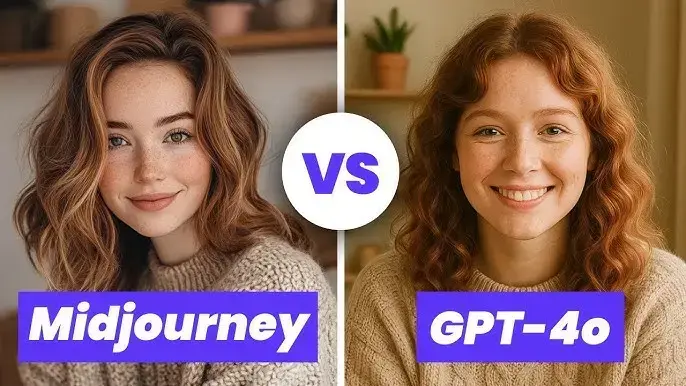
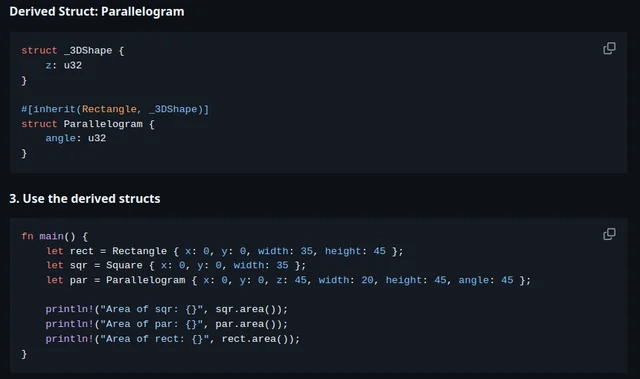







































































































.jpg?#)





.png?width=1920&height=1920&fit=bounds&quality=70&format=jpg&auto=webp#)
























_ArtemisDiana_Alamy.jpg?#)



































































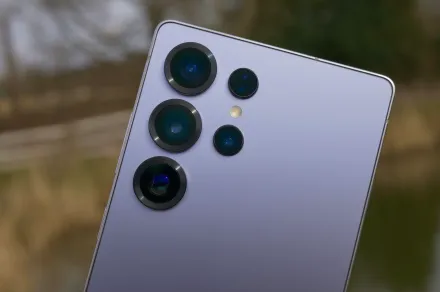











-xl.jpg)





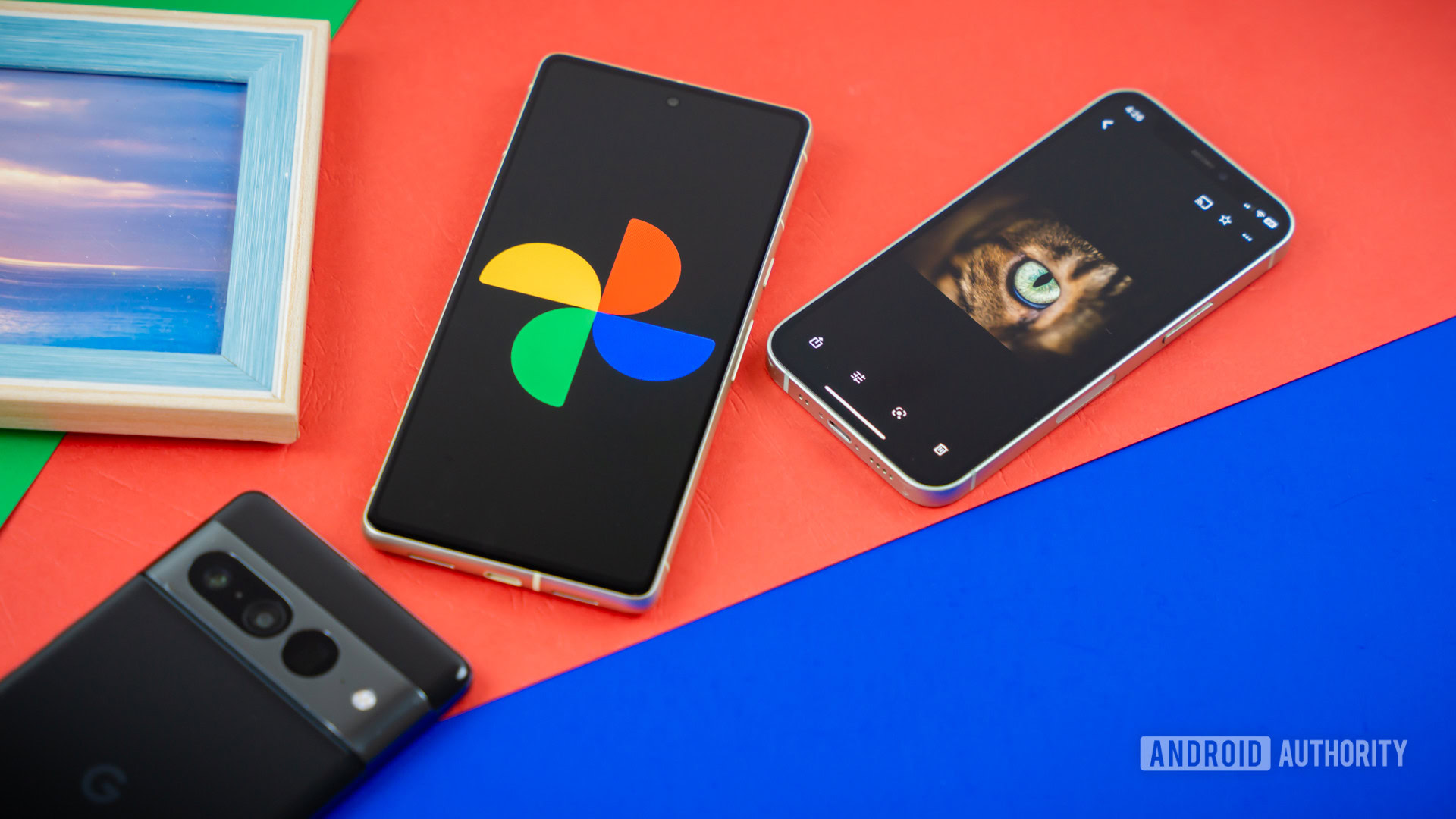
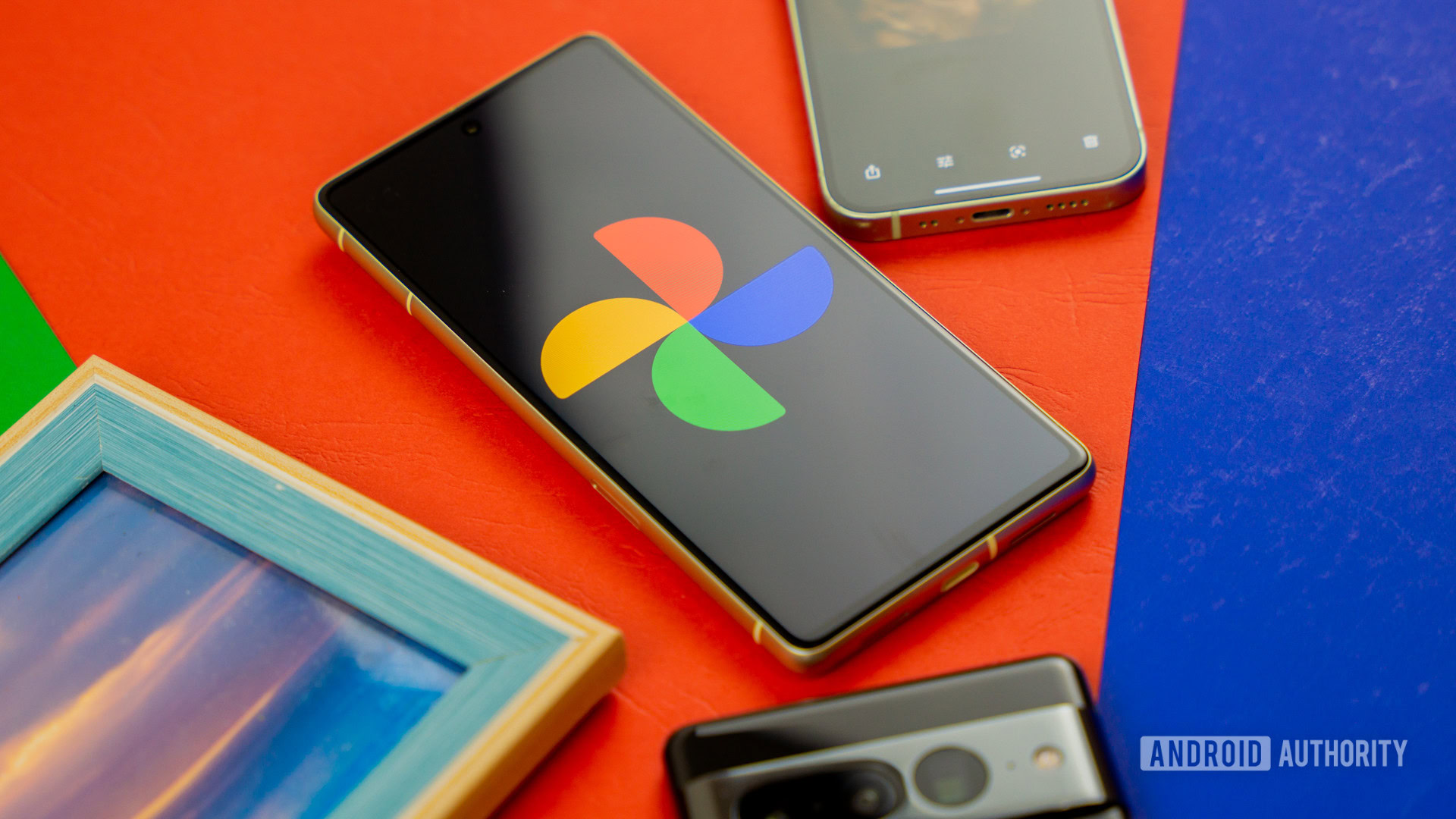

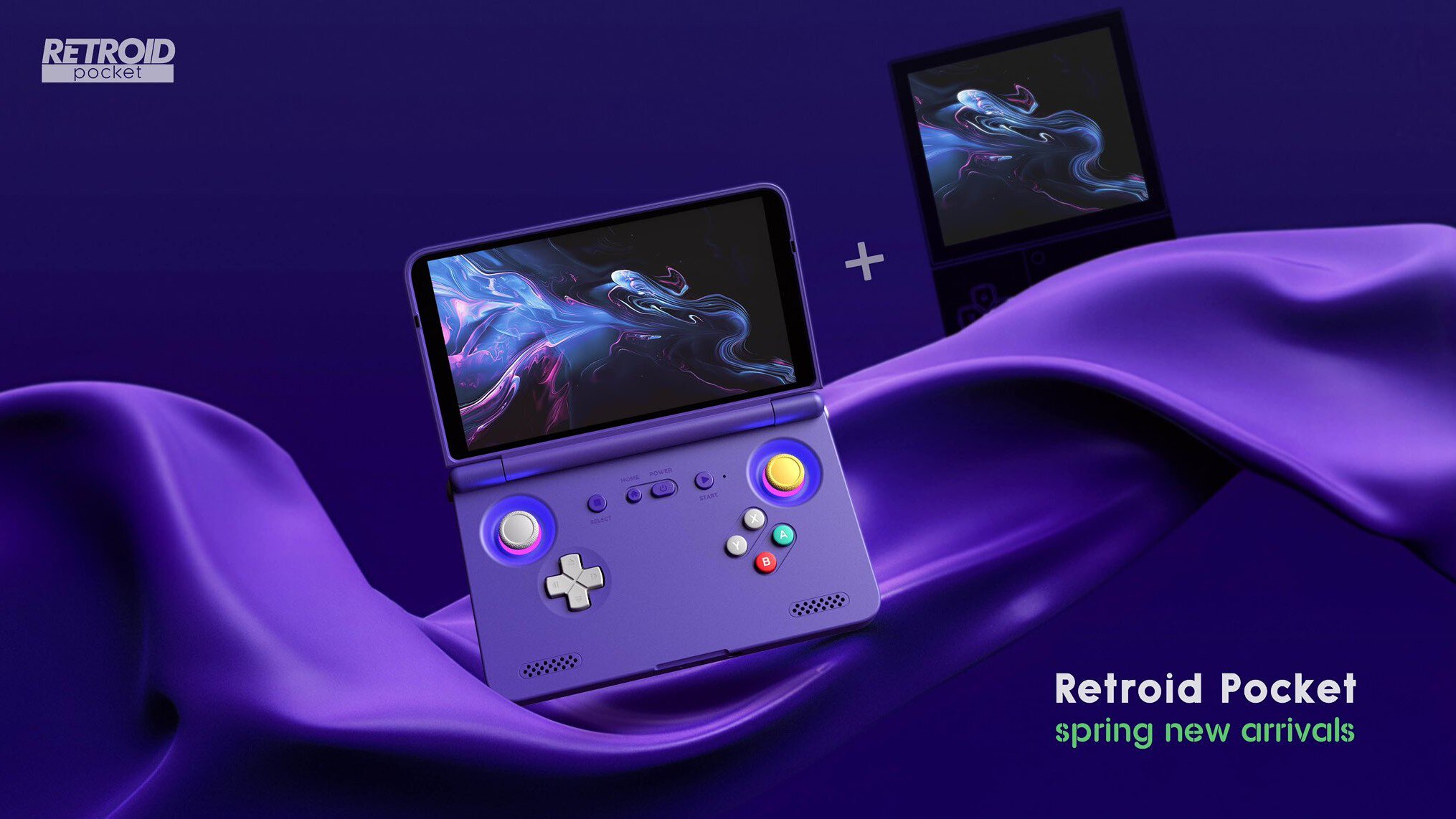




![Yes, the Gemini icon is now bigger and brighter on Android [U]](https://i0.wp.com/9to5google.com/wp-content/uploads/sites/4/2025/02/Gemini-on-Galaxy-S25.jpg?resize=1200%2C628&quality=82&strip=all&ssl=1)












![Apple Rushes Five Planes of iPhones to US Ahead of New Tariffs [Report]](https://www.iclarified.com/images/news/96967/96967/96967-640.jpg)
![Apple Vision Pro 2 Allegedly in Production Ahead of 2025 Launch [Rumor]](https://www.iclarified.com/images/news/96965/96965/96965-640.jpg)

















